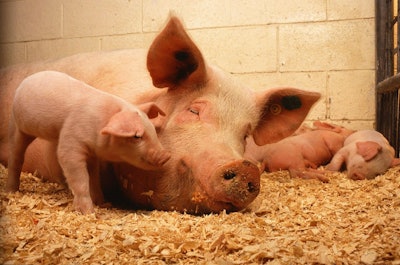
PIXABAY
I just read the Kansas State University guidelines from the Grain Sciences department regarding sampling and sample management of raw materials and finished, mixed products. That information is freely available on the internet, and in truth, this was the trigger for an unpleasant memory that made me realize how lucky I was to have been a student of the above department while studying for my master’s degree.
Log in to view the full article
Subscribe to Magazine